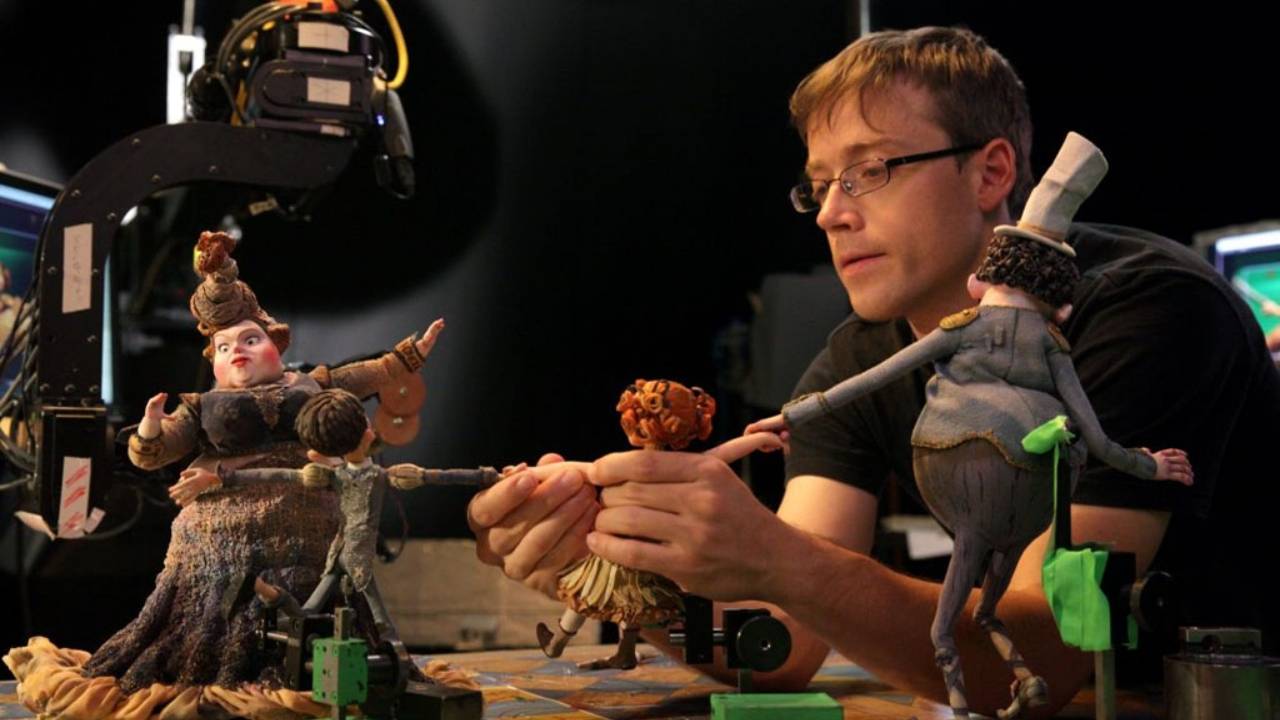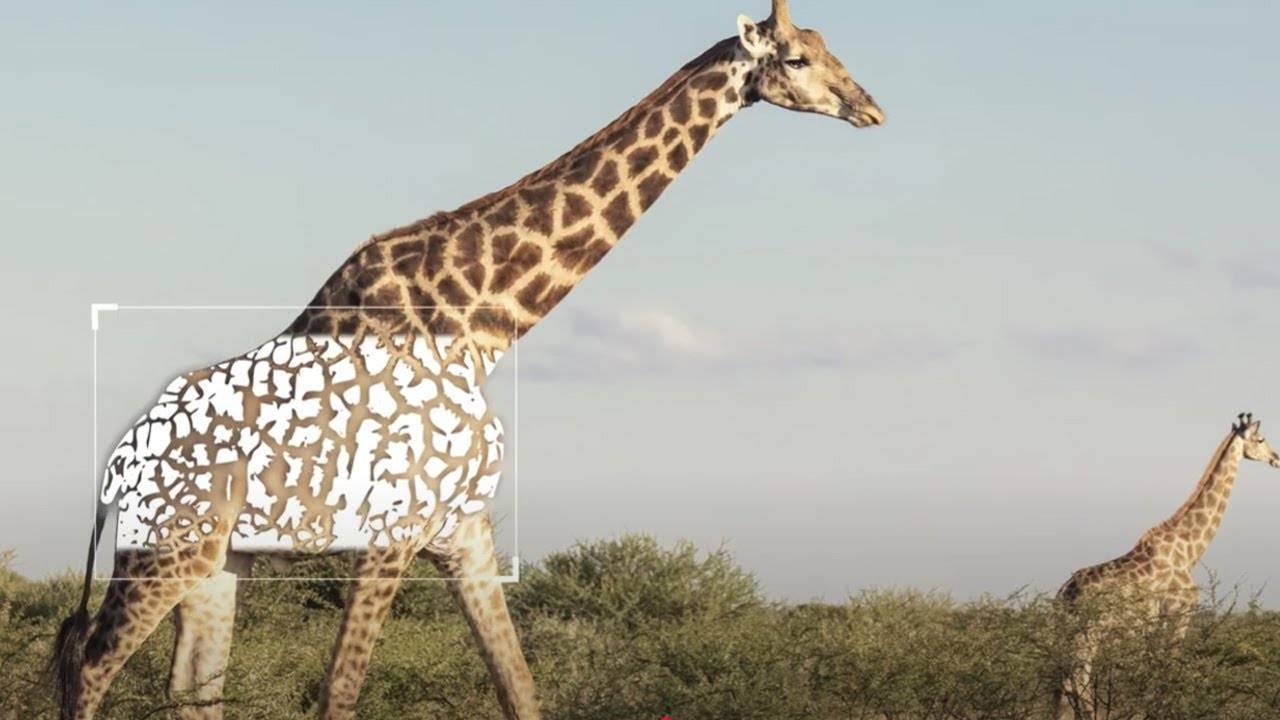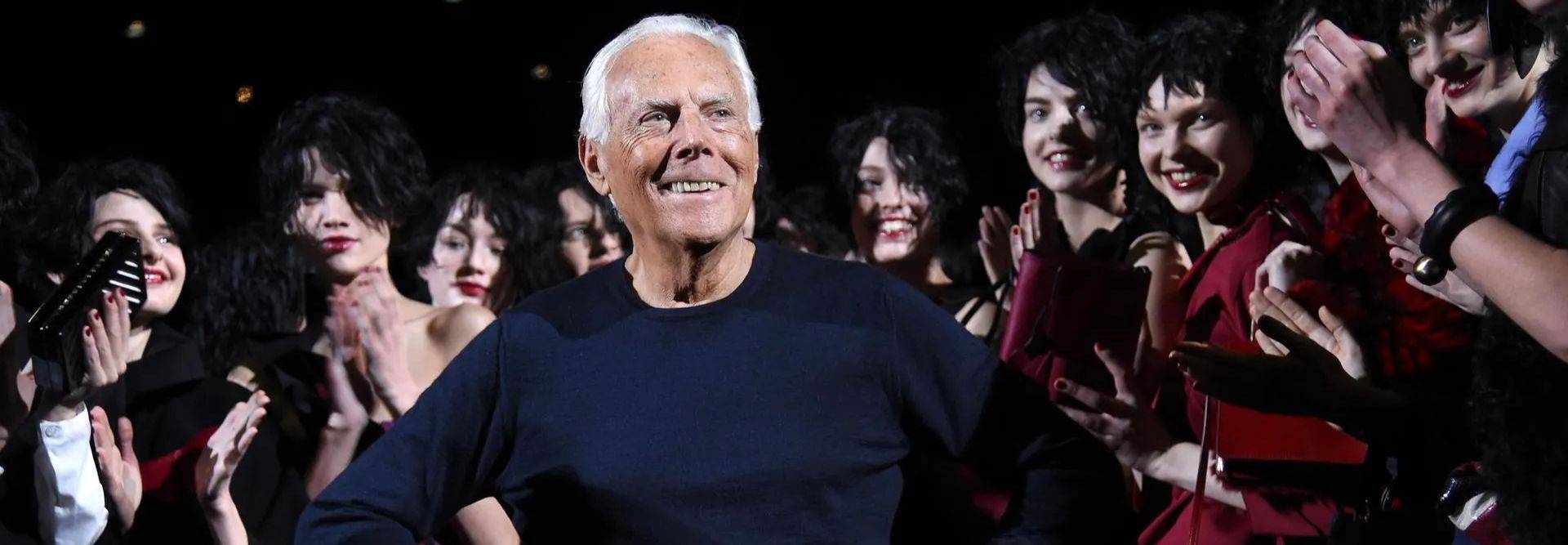Stop-motion: a captivating animation technique
Animation is an art form that provides viewers with imaginary worlds and unforgettable characters. One of the most fascinating techniques used in animation is stop-motion. Stop-motion involves the creation of animation frame by frame, bringing inanimate objects to life through a series of still images. Each frame is captured individually, moving objects or characters slightly between shots to create the illusion of movement when played in sequence.
Iconic examples in film and advertising
This technique has left its mark on film history with iconic films such as Tim Burton's "Nightmare Before Christmas" and "Corpse Bride" where the use of stop-motion creates visually stunning worlds. Others such as "Coraline and the Secret Door" and "Kubo and the Two Magic Strings" have shown that engaging and exciting stories can be told in a unique style. We also find examples of short films, widely awarded at international festivals, such as"Bao" winner of the Academy Award for Best Animated Short Film in 2019.
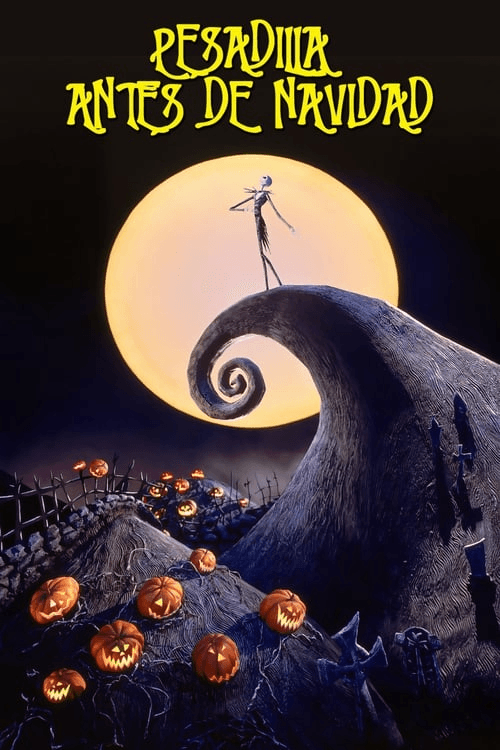
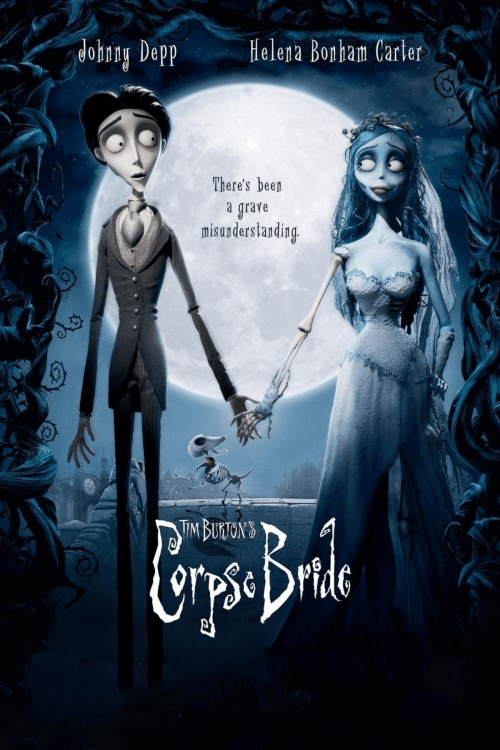
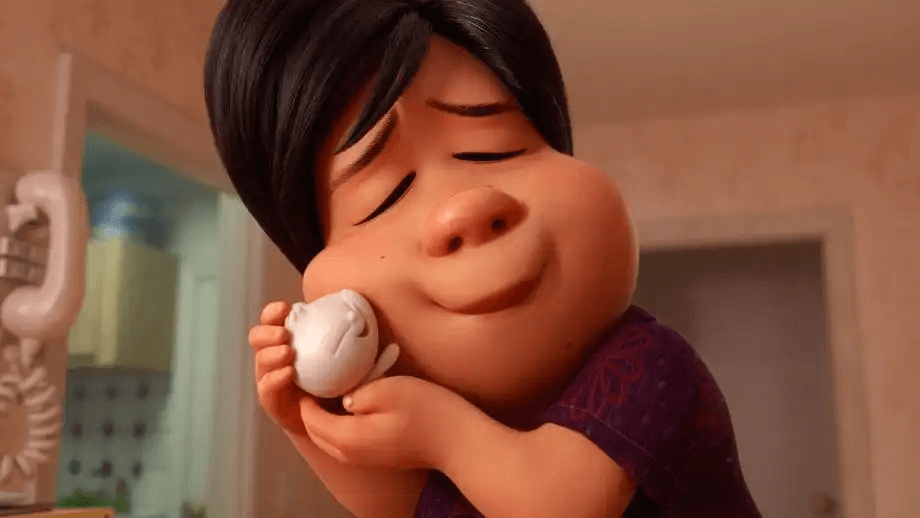
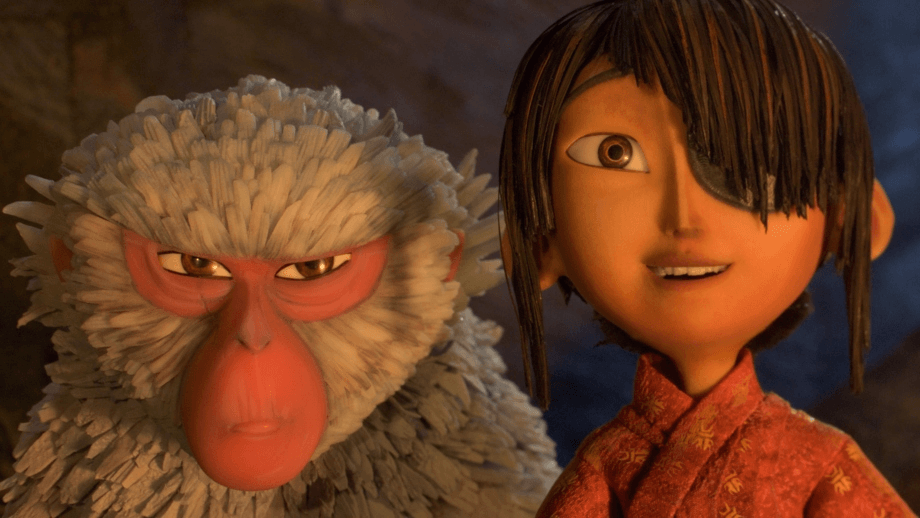
It has not only made its mark in cinema, but also in advertising and in the world of short films. Many brands have used this technique to create unforgettable commercials that stand out for their originality and ability to capture the viewer's attention. For example Honda and the spot entitled The Cog" (2003) or Sony Bravia with Color Like No Other.
Stop-motion proves to be a versatile art form that evolves with the passage of time and the advancement of technology. Today, animators have access to digital tools that allow them to combine stop-motion with digital animation techniques, further expanding the creative possibilities and facilitating the development of works.
In the Bachelor's Degree in Animation you will have a specific subject in which you will learn to generate movement through characters and objects created and modelled with putty, plasticine and various materials and then treat them digitally to produce short and feature-length animated films. Do you want to master this technique?

